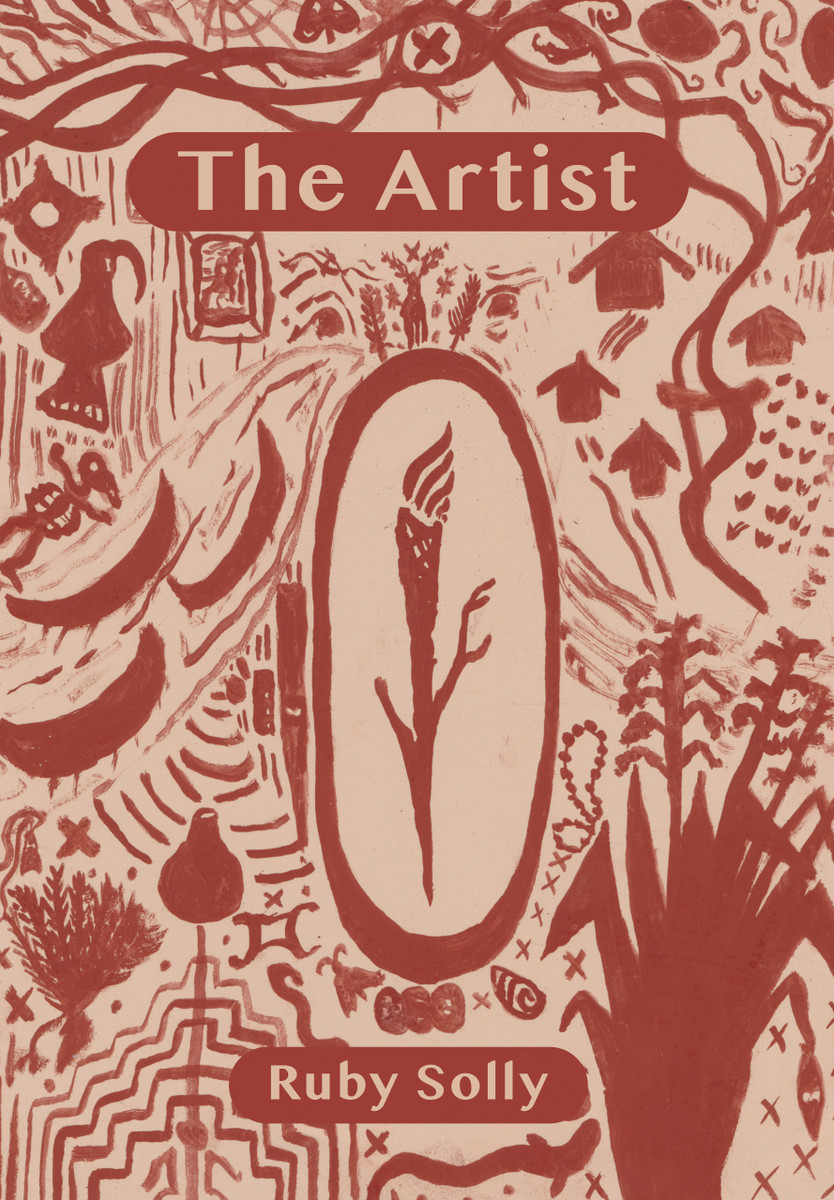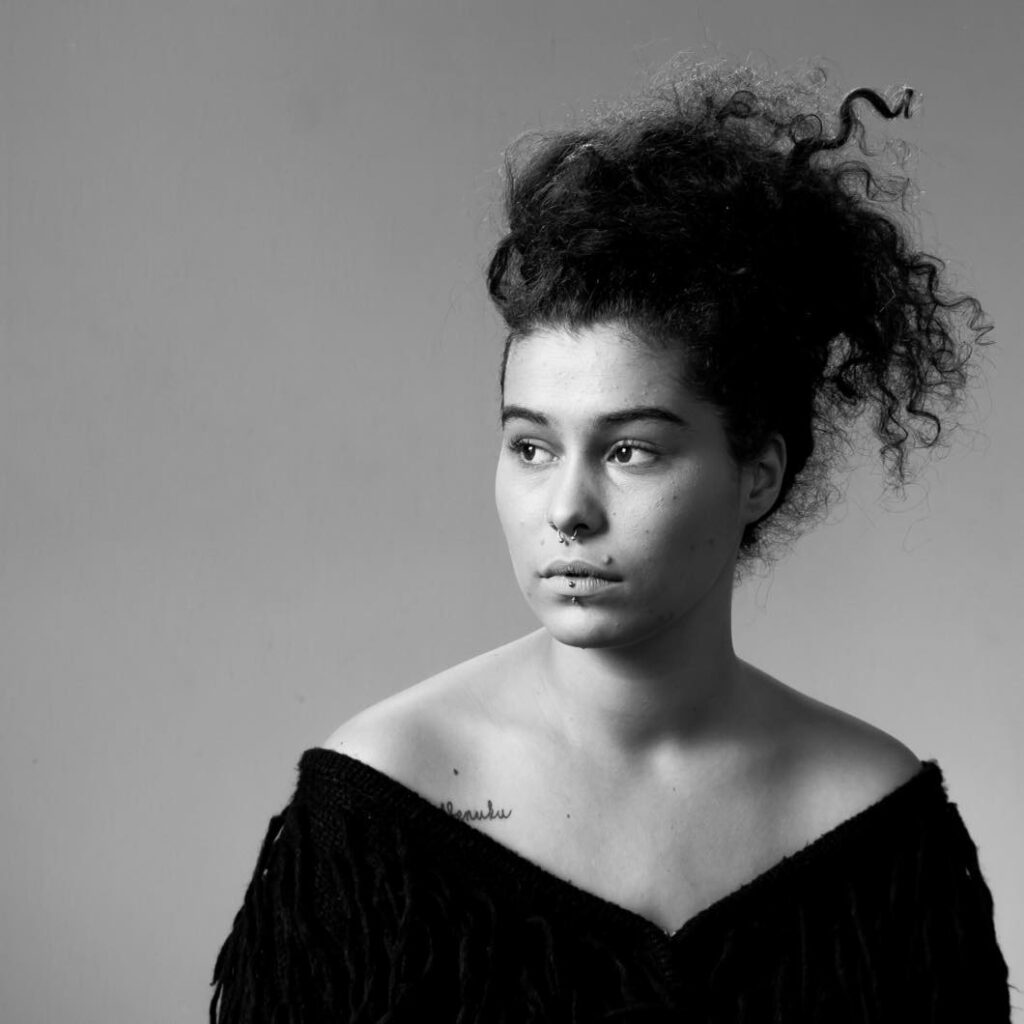The Artist

The Artist by Ruby Solly. THWUP (2023). RRP: $30.00. Pb, 142 pp. ISBN: 9781776920709. Reviewed by Isla Martin
Ruby Solly’s The Artist is a truth, a history, and a pakiwaitara all at once. Infused with kōrero tuku iho and mātauranga Māori, it tells a tale of Kāi Tahu, Kāti Māmoe and Waitaha that picks us up at creation and brings us forwards. At each point in Solly’s story, we meet the characters whose lives and histories speak to the strength of a people and their connections to Te Wai Pounamu. It is through the lens of these lives; through Hinepūnui, through the twins, through the babies at Kaiapoi pā, through the tīpuna of Te Waipounamu, that Solly weaves the tāngata, the whenua, and the whakapapa together.
“She lifts him from this taoka,
this kaitiaki of sleep and dreams,
and when he cries
it sounds like whole world
is singing.” (pg. 129)
Although described by Solly as a work of fiction, The Artist introduces—or reintroduces—the reader to a host of narratives that stem from the people of Kāi Tahu and of Māoridom in its totality. Through their connections to a carver and his wife, Hinepounamu is realised again in her solid form beneath the river, and the kō of Rākaihautū is felt again as it digs out the mountains and valleys that we call home. It is these figures, alongside Aoraki, Ruaumoko, Takaroa and those more well known in the telling of pūrākau, that affect the lives of the carver, his wife and their tamariki mokopuna. It is these happenings; the births, deaths, loves and losses, that bring the histories of this southern land closer to our dreams, and back into the light.
“But black is so much more –
all our dreams with the lights turned out,
every cell before it was a cell,
every colour in its earliest form.” (pg. 75)
Described by Solly as a ‘verse novel’, the style in which The Artist is written is yet another element of the work that renders it memorable, beautiful and unique. Told in chapters that span the generations, the text follows the narrative in a dreamlike prose, using poetic language that leaves room for the reader’s interpretation and imagination to run wild. This interpretation is aided also by the tarot spreads that begin each new section of the book, introducing us to the key characters, their relationships, and the story to come. Just as this language helps us to connect to the landscape, the history, and the ancient knowledge of the South, it helps us too to find our way amongst fact and fiction; poetry and genealogy. It lets the reader digest these words in one big gulp of fresh—but also ancient—air. It lets us feel what a taonga truly is, for the past, for the present, and for those yet to come.
“At the start there is nothing but black sand
except it is wider than we can know,
deeper than we can feel.
In fact, we are not yet a we,
but are within it,
the pulse of potential.” (pg. 15)
Isla Martin (Te Āti Haunui-a-Pāpārangi) is a writer from Ōtautahi. Her work has been published in Catalyst Literary Journal and Atua Wāhine, and she has performed at the national finals of the Rising Voices Poetry Slam and the National Poetry Slam. In Ōtautahi she can most often be found performing with Fika Poetry Collective and Ōtautahi Kaituhi Māori.
